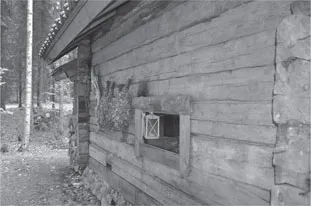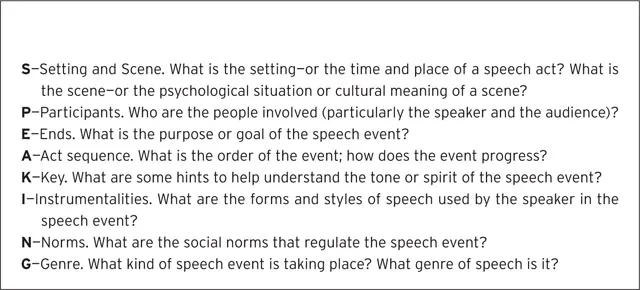
Understanding Communication Research Methods
A Theoretical and Practical Approach
Stephen M. Croucher, Daniel Cronn-Mills
- 328 pages
- English
- ePUB (mobile friendly)
- Available on iOS & Android
Understanding Communication Research Methods
A Theoretical and Practical Approach
Stephen M. Croucher, Daniel Cronn-Mills
About This Book
Using an engaging how-to approach that draws from scholarship, real life, and popular culture, this textbook, now in its third edition, offers students practical reasons why they should care about research methods and offers a practical guide to actually conducting research themselves.
Examining quantitative, qualitative, and critical research methods, this new edition helps undergraduate students better grasp the theoretical and practical uses of method by clearly illustrating practical applications. The book features all the main research traditions within communication including online methods and provides level-appropriate applications of the methods through theoretical and practical examples and exercises, including sample student papers that demonstrate research methods in action. This third edition also includes additional chapters on experimental design and methods of performance, as well as brand new case studies throughout.
This textbook is perfect for students and scholars using critical, cultural, interpretive, qualitative, quantitative, and positivist research methods, as well as students of communication studies more generally.
It also offers dedicated student resources on the Routledge.com book page and instructor resources at https://routledgetextbooks.com/textbooks/instructor_downloads/. These include links, videos, outlines and activities, recommended readings, test questions, and more.
Frequently asked questions
Information
Section Three
Research Methods
8 Ethnography

Chapter Outline
- Ethnography Defined
- Approaches to Ethnography
- Ethnographic Claims
- Ethnographic Data
- Ethnographic Data Analysis
- Ethnographic Warrants
- Summary
- Key Steps and Questions to Consider
- Activities
- Discussion Questions
- Key Terms
- Undergraduate Ethnographic Paper
What Will I Learn About Ethnography?
Ethnography Defined
Approaches to Ethnography
Ethnography of Speaking

Ethnography of Communication
- S—While visiting Oulu, a city 300 miles north of Helsinki, the capital of Finland, Stephen stayed at a hotel in the city center. The event took place in the late summer of 2012. He was still learning about Finland. He decided one night to go to the sauna.
- P—Stephen sat in the sauna for about 5 minutes and was joined by a man (mid-30s, like Stephen) and the man’s two sons, who were 8 and 10 years old. Nobody else was in the sauna.
- E—The father began to speak to Stephen in Finnish (Stephen knew very little Finnish at the time). When Stephen told him in Finnish that he spoke English or French, the man spoke English to him and asked why there was no steam in the sauna. Stephen did not know why. The man explained and showed Stephen how to properly use the empty metal bucket and ladle by their feet to throw water on the hot stones in the corner.
- A—He went out of the sauna, filled the bucket with water, and tossed multiple ladles full of water on the hot stones, and, with each ladle, steam arose and filled the sauna. Every few minutes water is thrown on the stones by different individuals (the children included). The sauna participants began to sweat profusely. After 10 minutes, the father instructed his children and Stephen to get out and take a cold shower, then return to the sauna; the shower, he said, helped cleanse and refresh the skin.
- K—During the whole process, the children chuckled at how Stephen did not know about Finnish saunas. The father smiled and was happy to help and asked a lot about American culture.
- I—The interaction took place in English, and some broken Suomi (Finnish) was thrown in by Stephen to practice the Suomi he learned at school.
- N—The four males were nude; in the United States, public saunas generally require bathing suits. You will rarely find a situation in the United States where children are brought to a sauna. Furthermore, if they are brought to a sauna, we doubt you will find them enjoying it to the same level as these 8- and 10-year-olds. To the Finnish, the sauna is a way of life. Stephen also learned norms about throwing water on the stones. There are saunas in the United States that require water in the same way, but here all four people took turns, and there was an unwritten rule as to when water was thrown, something that the father said you just learn as you become one with the Finnish sauna.
- G—This was a lesson on Finnish sauna protocol. The experience demonstrated differences between saunas in Finland and the United States.